While it may seem convenient to stay in bed or on the couch with a laptop to work, this is not an ideal space for your body positioning and can contribute to poor posture habits. Poor posture places excessive strain on postural muscles which, over time, become more prone to injury and pain.
Conditions linked to poor posture include, but are not limited to:
- headaches
- joint pain
- rounded shoulders
- degenerative arthritis
- fatigue
- muscular imbalance and tension
- carpal tunnel
- and digestive issues such as slowed digestion and heartburn (1).
To reduce the risk of these conditions, effort must be placed into our workspace ergonomics to promote a healthy posture. And while you’re at it, why not create a well-rounded comfortable environment to work in to promote motivation, relaxation, and improved mental energy!
First, find a room that you feel comfortable working in, with a desk and chair for your workspace. Choose a space that will allow complete focus, with minimal distractions. Below are a few key aspects to keep in mind while assembling an at-home workstation.
Choose a desk space that is a level, sturdy surface providing adequate room for all work materials. Your computer should be placed at eye level to keep your head in neutral position and avoid forward head leaning. If phone use is a large requirement of your job, use a headset to avoid neck strain that can occur while holding a physical phone.
Ideally, a desk to transition between sitting and standing is the best of both worlds to encourage movement but also allow times of rest. When standing, remember to add props to support your computer positioned to eye level. You can purchase a computer stand made for this purpose, or DIY with items such as sturdy books - no judgment here! For proper body alignment while standing, visualize a straight downward line connecting your ears to shoulders to hips to knees and ankles.
Next, determine which chair is best suited for your desk. We recommend your chair to have adequate low back support, soft armrests that allow shoulders to relax, and adjustable height to allow feet to rest flat on the floor or on a footrest.
If sitting, place both feet flat on the floor. Arms and thighs should be near parallel to the floor. Keep forearms straight in line with wrists and hands; prolonged bending of wrists is a stressful position that can aggravate wrist discomfort. If using a laptop, the keyboard can’t be altered so addition of a Bluetooth connected separate keyboard gives flexibility with positioning and support. Your visual alignment guide for sitting creates a straight downward line connecting your ear to your shoulder to your hips. This positioning should allow you to relax your shoulders while working to reduce muscle tension.
An extra bonus of proper posture allows improved ability to practice breathing into your abdomen. Breathing through your abdomen fully expands your diaphragm resulting in increased oxygen exchange. Breathing through your chest - or shallow breathing - results in less oxygen exchange and requires utilization of front neck muscles and intercostal muscles (between your ribs), which can lead to muscle fatigue and discomfort.
For a further detailed look at proper ergonomics in the workplace and visualization, check out OSHA’s guidelines found here (2).
Even in the best posture, it is not recommended to sit in a stationary position for prolonged periods. Did you know the discs in-between each of the spinal vertebrae do not have blood vessels? They rely on hydration and health through..MOVEMENT! Change positions every 30-60 minutes, this includes transition between sitting and standing at the desk, stretches and yoga, or walking.
Lastly, put extra effort into making your workspace unique and tranquil so that your time there is more enjoyable. A few ideas to spruce up your workspace include:
- Addition of plants for a connection to nature
- Access to natural light (Note: Try not to position bright light source directly behind computer screen as the contrast can make screen visualization difficult and lead to eye fatigue.)
- Candles (used in a safe, monitored manner) for a relaxing, warm ambiance
- Family/vacation photos for positive visualizations and an extra motivation for your work
- Light therapy box (also known as SAD lamp) to increase mental energy and positive mood
- Write motivational post-its or hang your favorite quote to remind yourself of how great you are doing and for daily motivation
- Adequate water intake and snacks to maintain mental and physical energy
- Additional bonus: staying hydrated gives us a natural reminder to take breaks
- Note: Working from home can easily increase caffeine intake due to convenience. Limit caffeine to morning use and try an herbal, caffeine-free tea in the afternoon
Remember that mental health is just as important as physical health. If you are feeling stressed, take an extra moment to refocus your mindset. Check out this previous blog for a list of resources that was compiled by the Wellness Minneapolis Team to keep grounded and calm.
Please contact us if you are experiencing persistent postural-related pains so that we can provide further recommendations for at-home relief.
References
1. 3 Surprising Risks of Poor Posture by Harvard Health Publishing.
2. Computer Workstations eTool by Occupational Safety and Health Administration.
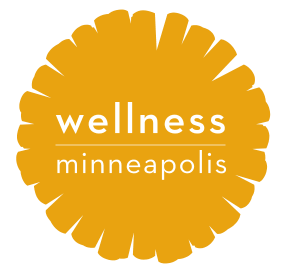

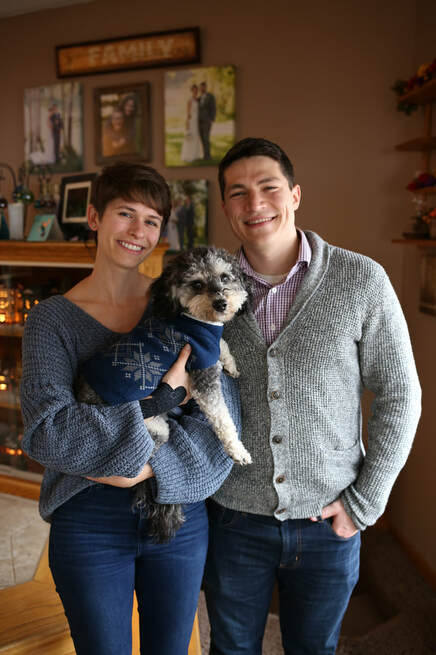
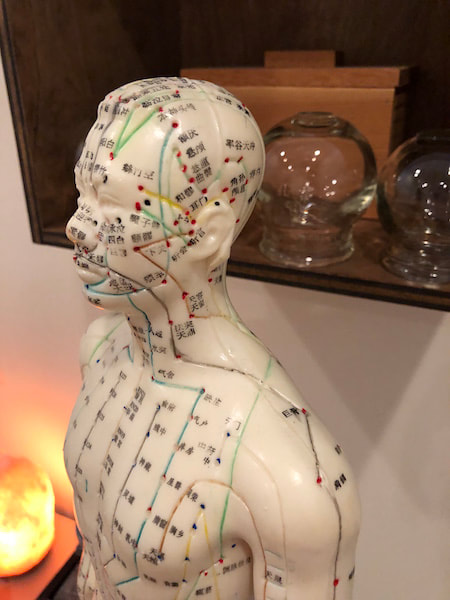
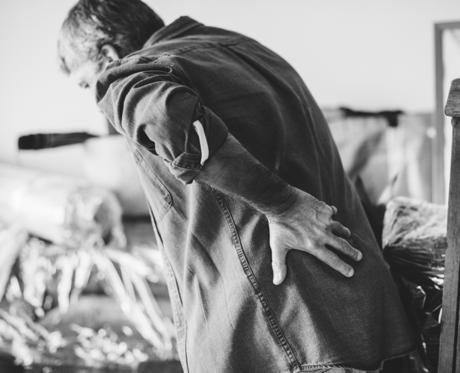

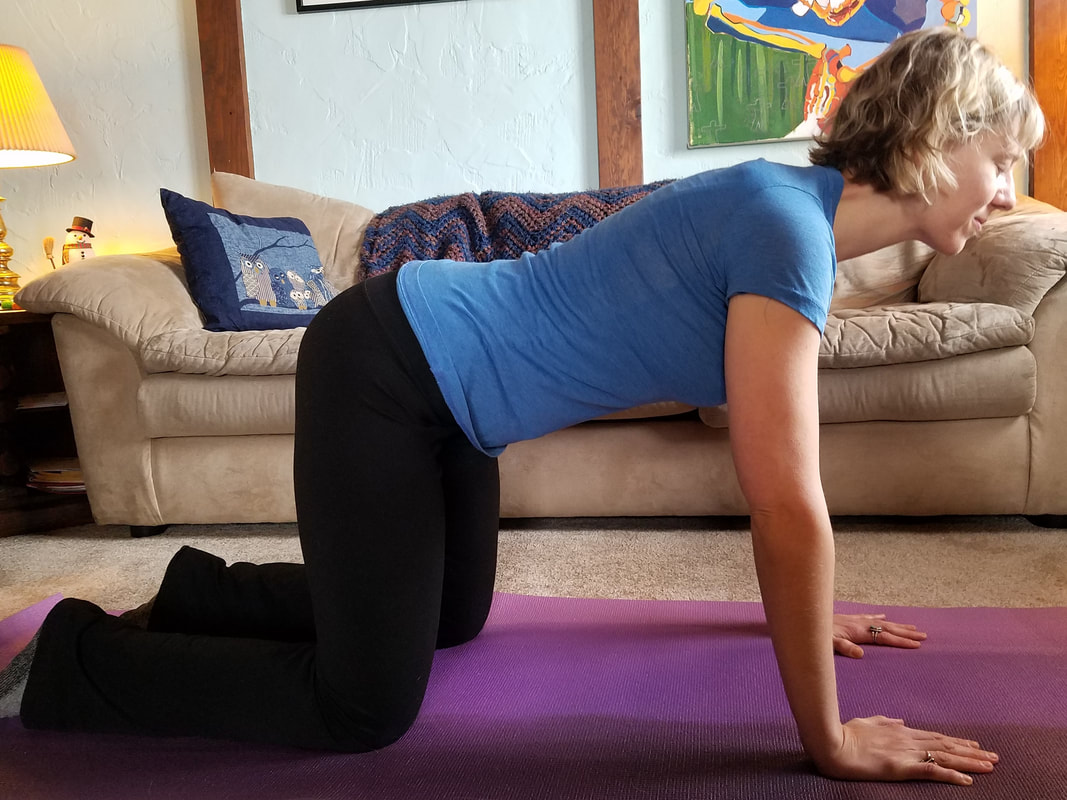
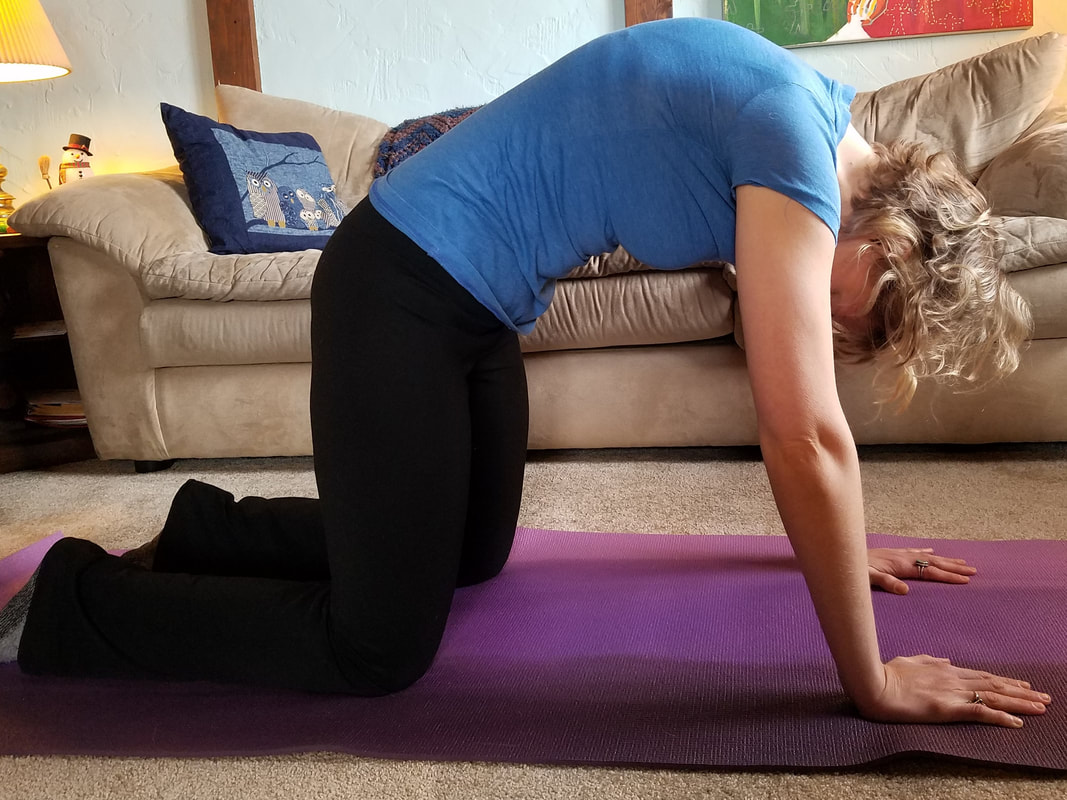
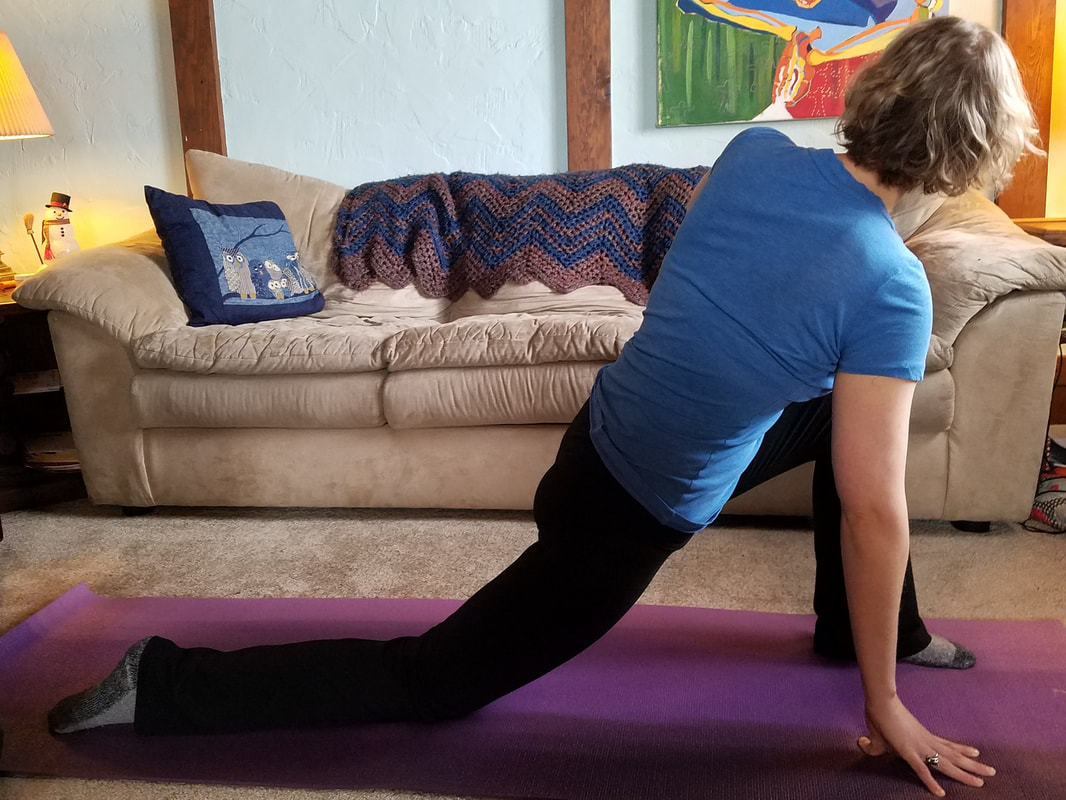
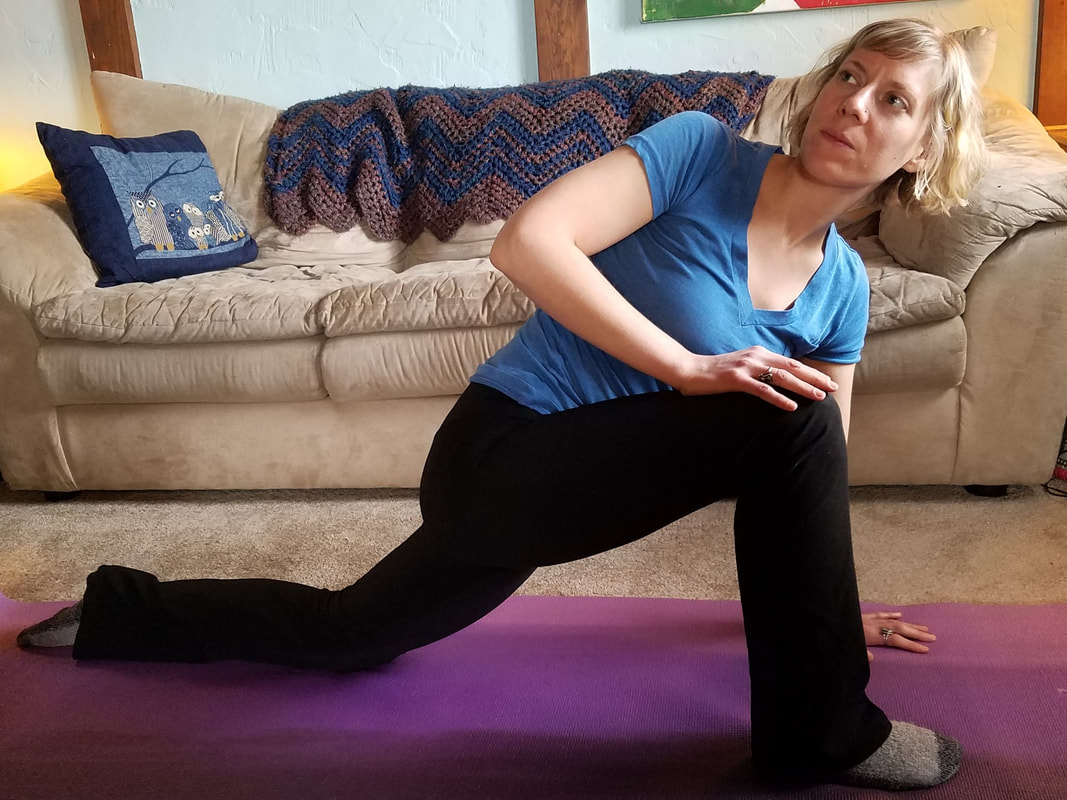
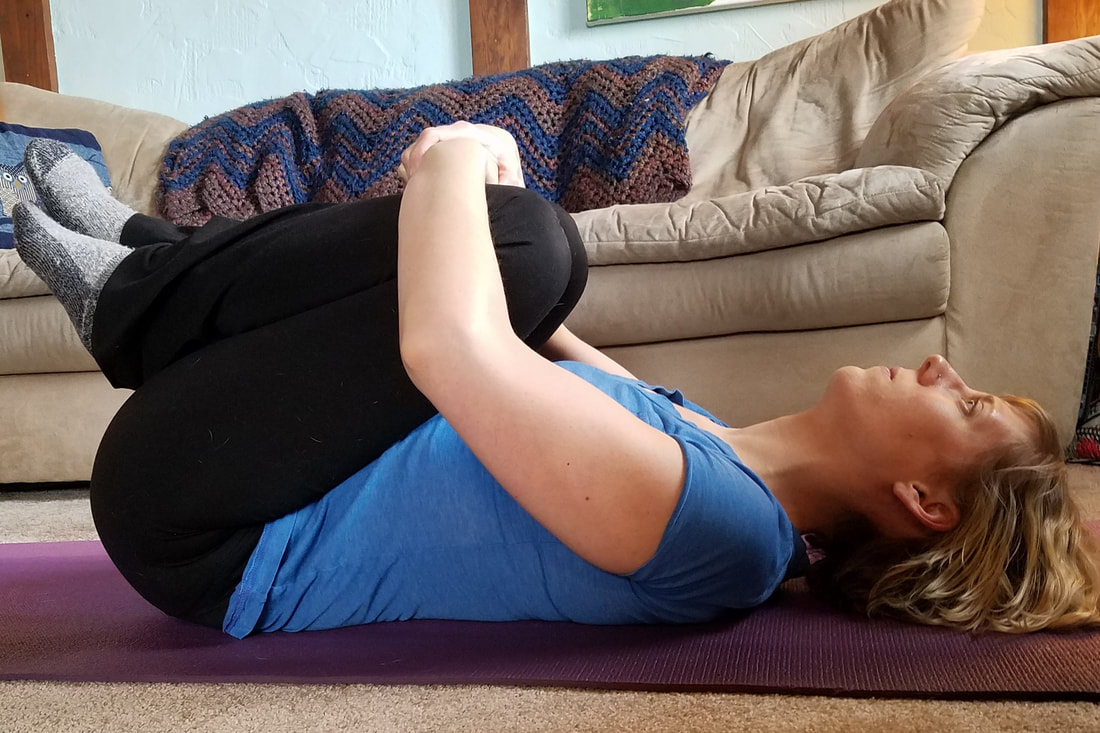
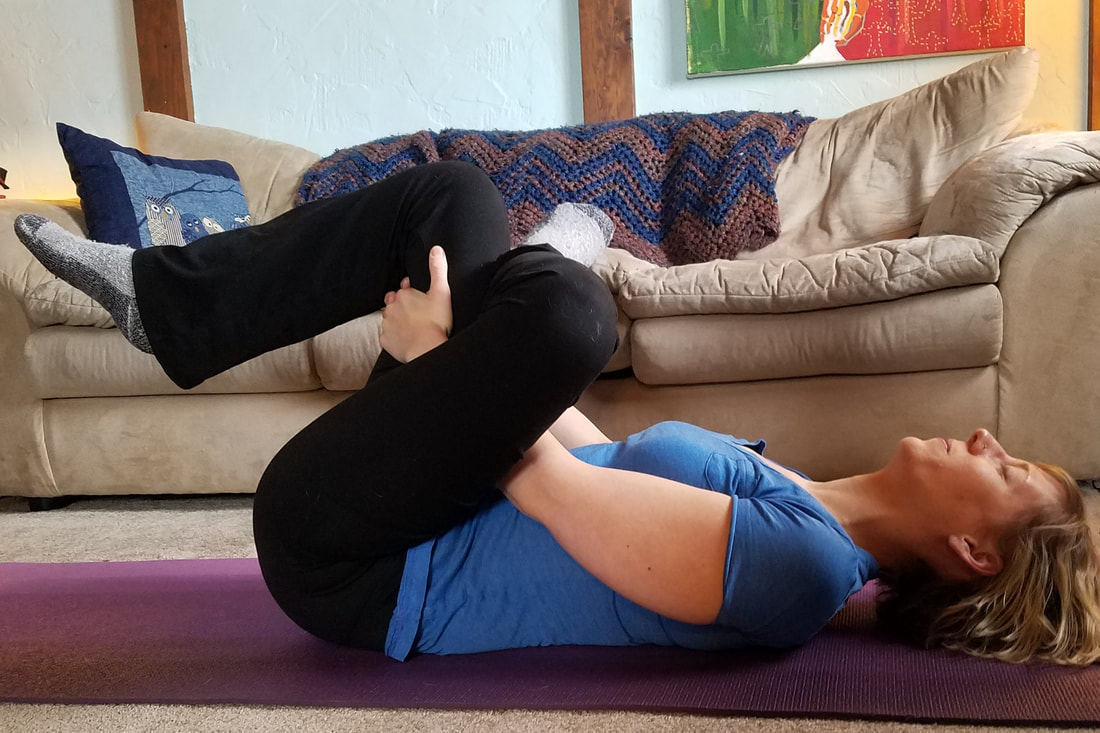
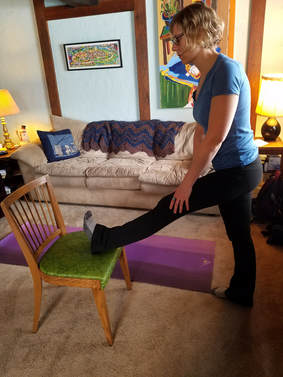
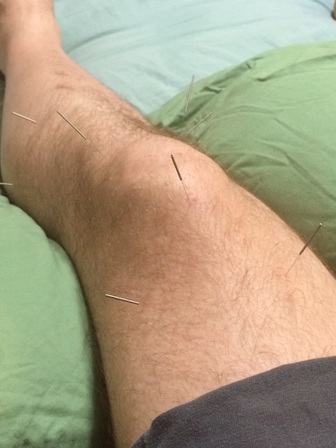
 RSS Feed
RSS Feed